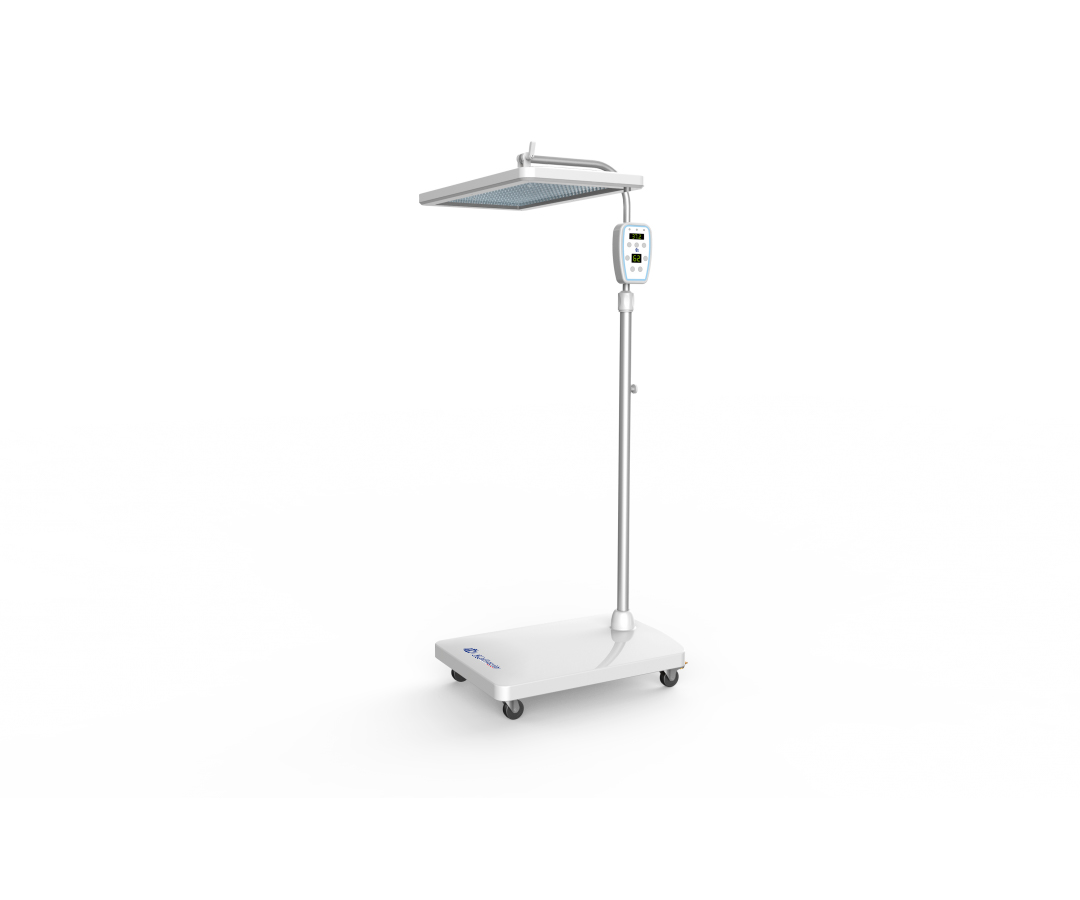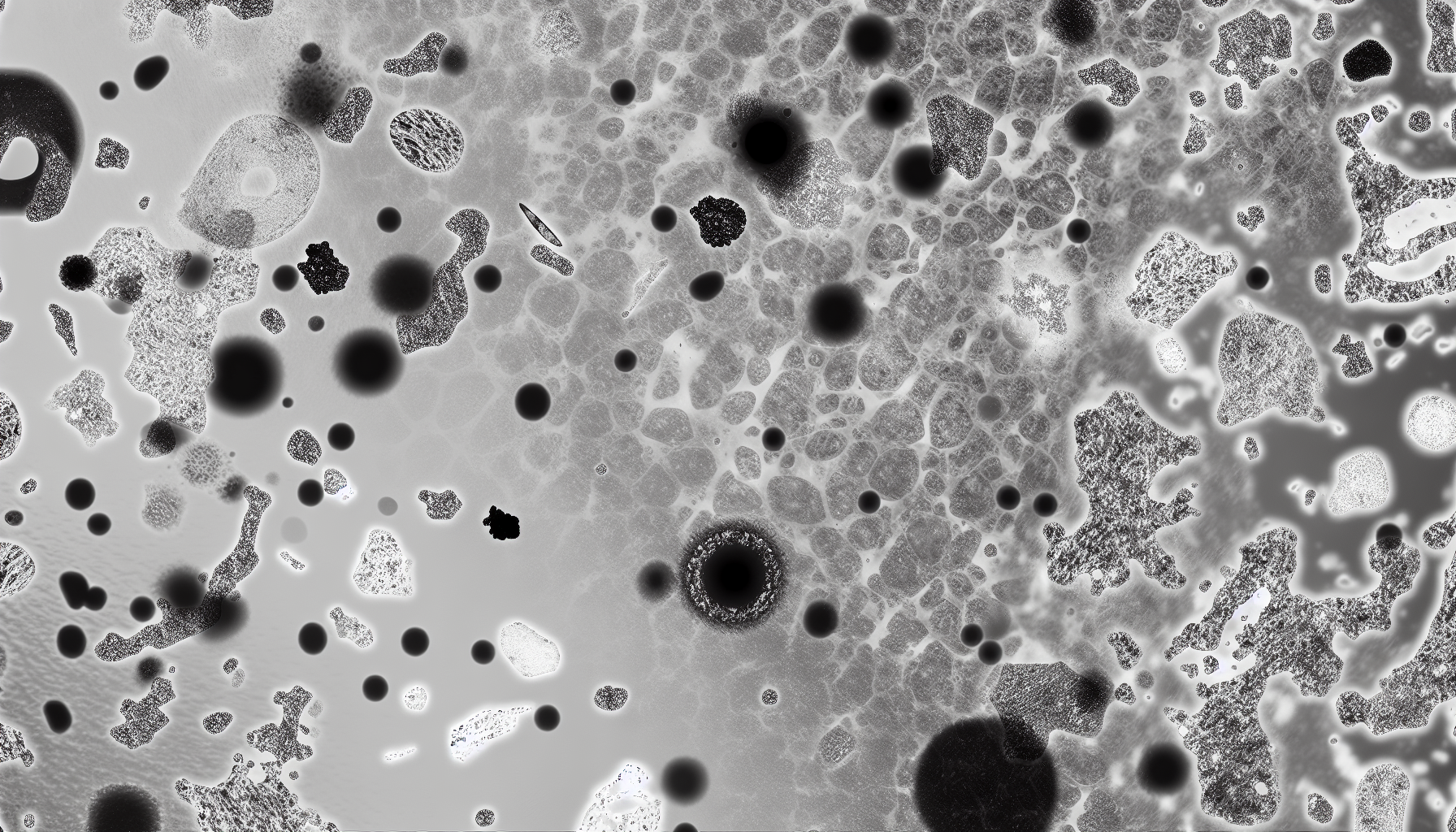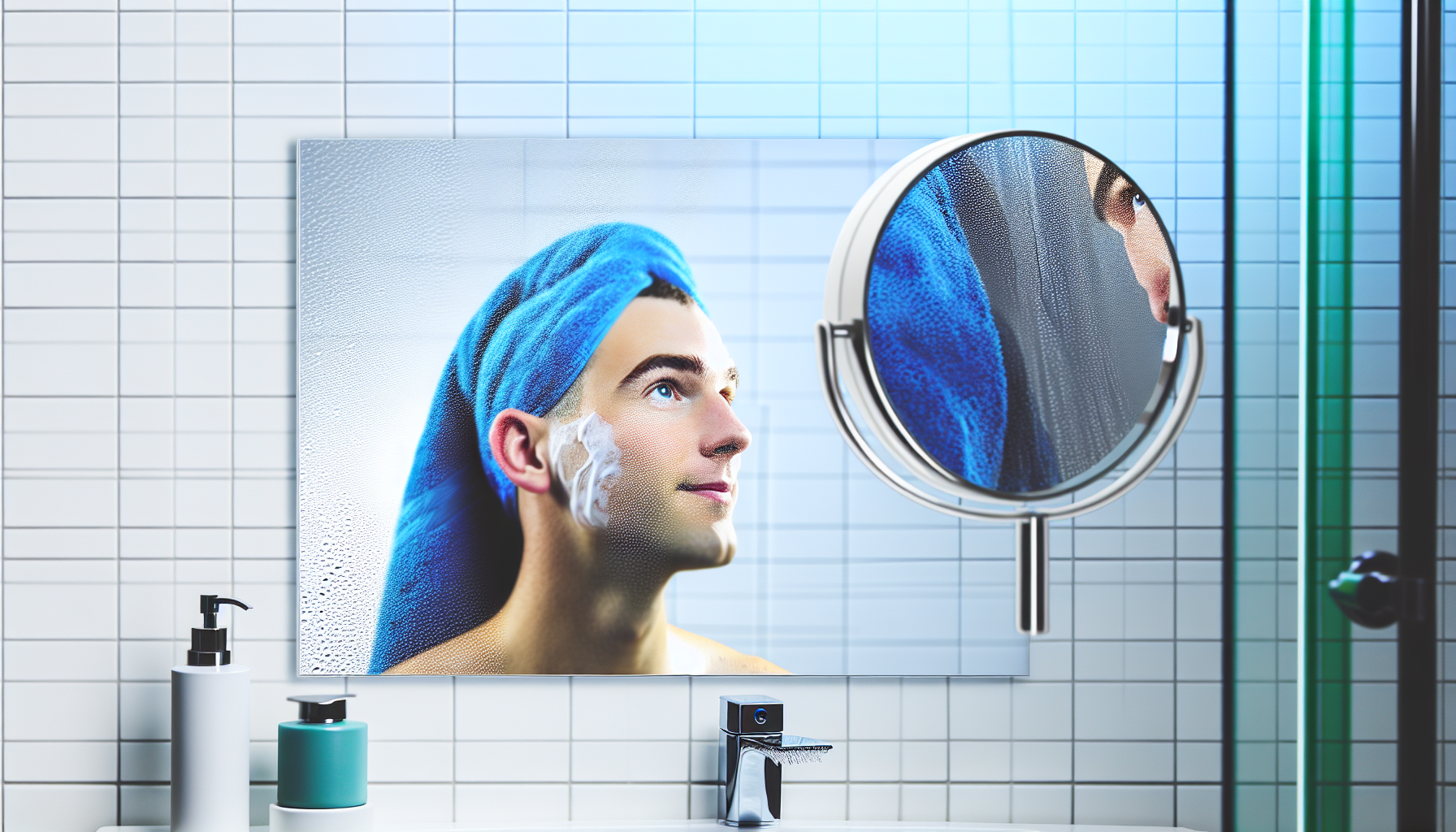Infant Bilirubin Phototherapy Unit, Brand Kalstein
The Infant Bilirubin Phototherapy Unit by Kalstein is a groundbreaking solution in the realm of neonatal care. Having explored and tested these units, I can confidently assert that they are at the forefront of innovation and efficiency. These units are designed to address hyperbilirubinemia in newborns, a common yet potentially dangerous condition. It is crucial for healthcare providers to have confidence in the tools they use, and Kalstein’s units offer just that. They deliver precisely controlled phototherapy while ensuring the utmost safety for newborns, which is a game-changer for hospitals looking to enhance their neonatal care.
Kalstein’s Infant Bilirubin Phototherapy Unit has garnered a reputation for its reliability and advanced technology. As someone who has delved deeply into neonatal equipment, I can attest to the attention to detail and user-friendly design these units offer. This innovative approach not only aligns with but also sets new standards for effective infant care, ensuring that every newborn receives gentle and precise treatment.
Characteristics of the Infant Bilirubin Phototherapy Unit
When delving into the specific characteristics of Kalstein’s Infant Bilirubin Phototherapy Units, I found that they emphasize the critical balance between efficacy and safety. These units are equipped with advanced light technology that allows for adjustable wavelength settings to cater to different treatment needs. The use of LED lights minimizes the heat output, ensuring the comfort and safety of the infant during therapy.
Moreover, the units come with intuitive controls that ease the operation for healthcare professionals. A cornerstone of its design is the portability, which allows for seamless movement between different rooms within a neonatal care facility. This feature is particularly beneficial in high-demand settings, ensuring that treatment can be administered effectively without the need for complicated logistics.
Different Types or Models of the Infant Bilirubin Phototherapy Unit
Kalstein offers various models of the Infant Bilirubin Phototherapy Unit, each tailored to meet specific healthcare needs. The diversity in offerings includes units with differing light intensities and sizes, allowing facilities to choose based on their patient volume and space constraints. Some models are also designed with integrated monitoring systems, adding an extra layer of oversight during the treatment process.
Through my experience, I have observed that these variations make Kalstein’s phototherapy units extraordinarily adaptable, providing the means to tackle neonatal jaundice across diverse clinical settings. Each model is built with the same underlying commitment to quality and effectiveness, ensuring that regardless of the choice, healthcare providers can expect outstanding results.
Why the Infant Bilirubin Phototherapy Unit is Priced Accordingly
Understanding the pricing strategy for Kalstein’s Infant Bilirubin Phototherapy Units reveals the value embedded within each device. These units are priced to reflect the sophisticated technology and precision engineering that go into their manufacture. From the advanced LED systems to the user-friendly interface, each component is crafted to deliver optimal performance in a healthcare environment.
Additionally, the investment in such a unit is backed by long-term durability and lower maintenance costs. The upfront cost is offset by the reliability and reduced need for frequent repairs or replacements. As someone who has analyzed its cost-benefit ratio extensively, I can assure that this pricing model aligns well with the high-quality standards demanded in neonatal care, making it a prudent investment for any medical facility.
Comparing the Infant Bilirubin Phototherapy Unit with Similar Products
When comparing Kalstein’s Infant Bilirubin Phototherapy Units with products from other key players like GE Healthcare and Philips, several distinctions become evident. For instance, while other brands may offer similar phototherapy options, Kalstein’s units consistently outperform in terms of light technology and user-friendliness. GE Healthcare offers robust solutions, but their systems lack the customization and lightweight design provided by Kalstein.
Philips, known for its innovation, offers competitive devices but at a considerably higher price point, which may not reflect a corresponding increase in benefit. Therefore, when evaluating cost-effectiveness without compromising the quality of care, Kalstein stands out as the preferred choice, particularly for facilities aspiring to balance budget constraints with premium neonatal treatment.
Pros and Cons of the Infant Bilirubin Phototherapy Unit
| Pros | Cons |
| High efficiency in reducing bilirubin levels | Initial cost may be perceived as high |
| Customizable light intensity and wavelength settings | Requires trained personnel for operation |
| Portable design for easy transportation | Occasional need for software updates |
| Low heat output ensures infant comfort | Sensitive to environmental factors |
| User-friendly controls and interface | May not fit all neonatal ward layouts |
| Durability reduces maintenance costs | Limited availability in some regions |
| Advanced LED technology for better performance | |
| Designed with safety as a priority |
Benefits of Using These Infant Bilirubin Phototherapy Units
The benefits of employing Kalstein’s Infant Bilirubin Phototherapy Units in neonatal care extend beyond mere bilirubin reduction. These devices significantly improve the workflow within the hospital or clinic by ensuring quick and consistent treatment outcomes. The reduction in bilirubin levels minimizes hospital stays, allowing for quicker patient turnover and efficient resource management.
Moreover, from a caregiver’s perspective, these units offer peace of mind by guaranteeing that therapy is administered safely and effectively without the complexities of traditional approaches. The reduction of staff training time and the ease of use of the equipment mean that healthcare professionals can devote more attention to patient care, enhancing the overall medical experience for both staff and patients.
Additional Advantages of the Infant Bilirubin Phototherapy Units
Beyond the immediate clinical benefits, Kalstein’s Infant Bilirubin Phototherapy Units contribute to long-term positive impacts on neonatal health. By ensuring effective treatment of jaundice, these units prevent severe complications such as kernicterus, contributing to healthier developmental outcomes for newborns.
Another advantage is the significant energy efficiency these units offer, consuming less electricity compared to older models from other brands. This not only lowers operating costs for hospitals but also reduces the environmental footprint of medical facilities, aligning with global sustainability goals.
User References on the Infant Bilirubin Phototherapy Units
User feedback consistently highlights the reliability and efficiency of Kalstein’s phototherapy units. Many healthcare providers appreciate the straightforward design and effectiveness, citing improvements in patient recovery times and treatment precision. Testimonials reflect a consensus that the units enhance the capacity of the neonatal facilities, allowing for faster interventions and better patient outcomes.
Several users have also noted that the units require minimal maintenance, making them a cost-effective option over the long term. By being able to quickly address hyperbilirubinemia, these units prove invaluable in both high-volume and specialized care settings.
FAQs
What makes Kalstein’s Infant Bilirubin Phototherapy Units stand out?
The units combine advanced LED technology with user-friendly features, ensuring effective bilirubin reduction while maintaining infant safety and comfort.
Are these units suitable for all neonatal care settings?
Yes, the variety in models and portability options makes them suitable for diverse clinical environments, from small clinics to large hospitals.
How do these units compare in terms of cost-effectiveness?
Despite the initial investment, the long-term cost savings from their durability and low maintenance make them a prudent choice for healthcare providers.
Is specialized training required to operate these units?
Basic training is required, but the intuitive design ensures that healthcare professionals can quickly become proficient in their operation.
How often is maintenance needed for these units?
Minimal maintenance is required, thanks to their robust design and reliable engineering. Regular checks are recommended to ensure optimal performance.
Are these units energy efficient?
Yes, they are designed to consume minimal energy, making them both cost-effective and environmentally sustainable.
Final Recommendations on These Infant Bilirubin Phototherapy Units
In conclusion, Kalstein’s Infant Bilirubin Phototherapy Units represent a quintessential blend of technology and healthcare innovation. Whether you are a healthcare provider looking to enhance your neonatal care offerings or a medical facility seeking efficient and reliable equipment, these phototherapy units provide undeniable advantages. Their design prioritizes patient care, operational efficiency, and sustainability, making them an exemplary choice in the sphere of neonatal healthcare solutions. For more information, visit the following link: https://kalstein.co.uk/category-product/medical-line/infant-bilirubin-phototherapy-unit/




